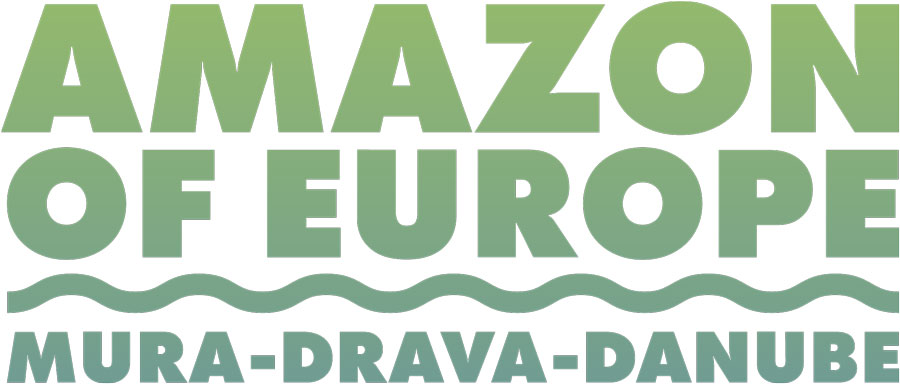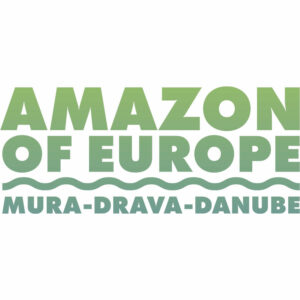RESTORATION
A rich network of partners and supporters within the UNESCO Five-country Biosphere Reserve Mura-Drava-Danube (TBR MDD) is actively restoring degraded areas through the implementation of various integrated restoration projects throughout the area. These efforts aim at restoring the natural dynamics of the rivers and their floodplains, enhancing biodiversity and ecosystem services.
Key restoration measures include:
- Restoring degraded river sections: Projects are underway to restore river sections affected by past channelization and other damaging practices by reconnecting branches and oxbows and widening river beds.
- Floodplain restoration: Efforts are being made to reconnect rivers to their floodplains, restoring natural flood cycles and habitats by removing invasive alien species and converting poplar plantations to more natural and resilient floodplain forests.
- Awareness raising and education: All conservation efforts are complemented by extensive public outreach and environmental education initiatives to inform people about the vital importance of rivers and the urgent need to protect them. By engaging the public, we aim to shape both community perceptions and policy decisions, fostering a collective commitment to river conservation.
- Sustainable economic activities: Sustainable economic activities in the region, such as ecotourism and organic agriculture, are being promoted. The aim is to create a harmonious balance between conservation and human activities, ensuring the long-term health of the ecosystem while supporting local communities.
Through these extensive restoration efforts, WWF and partners are working towards their vision of ‘Living rivers for nature and people’, which aims to restore a landscape of dynamic rivers with diverse habitats and thriving wildlife, all in harmony with sustainable human activities.
If you would like to take a closer look at the restoration potential within the TBR MDD, we invite you to explore our comprehensive study ‘Assessment of the River and Floodplain Restoration Potential in the TBR MDD’. This in-depth analysis covers 725km of rivers and their surrounding floodplains and identifies significant opportunities for ecological improvement. The study identifies 74 priority areas for restoration, comprising over 165,000 hectares of former floodplains that could be reconnected to rivers and 652 km of river banks that could be restored to more natural conditions.
For a practical look at how these opportunities are being realised, take a look at our ongoing restoration projects within the TBR MDD.

